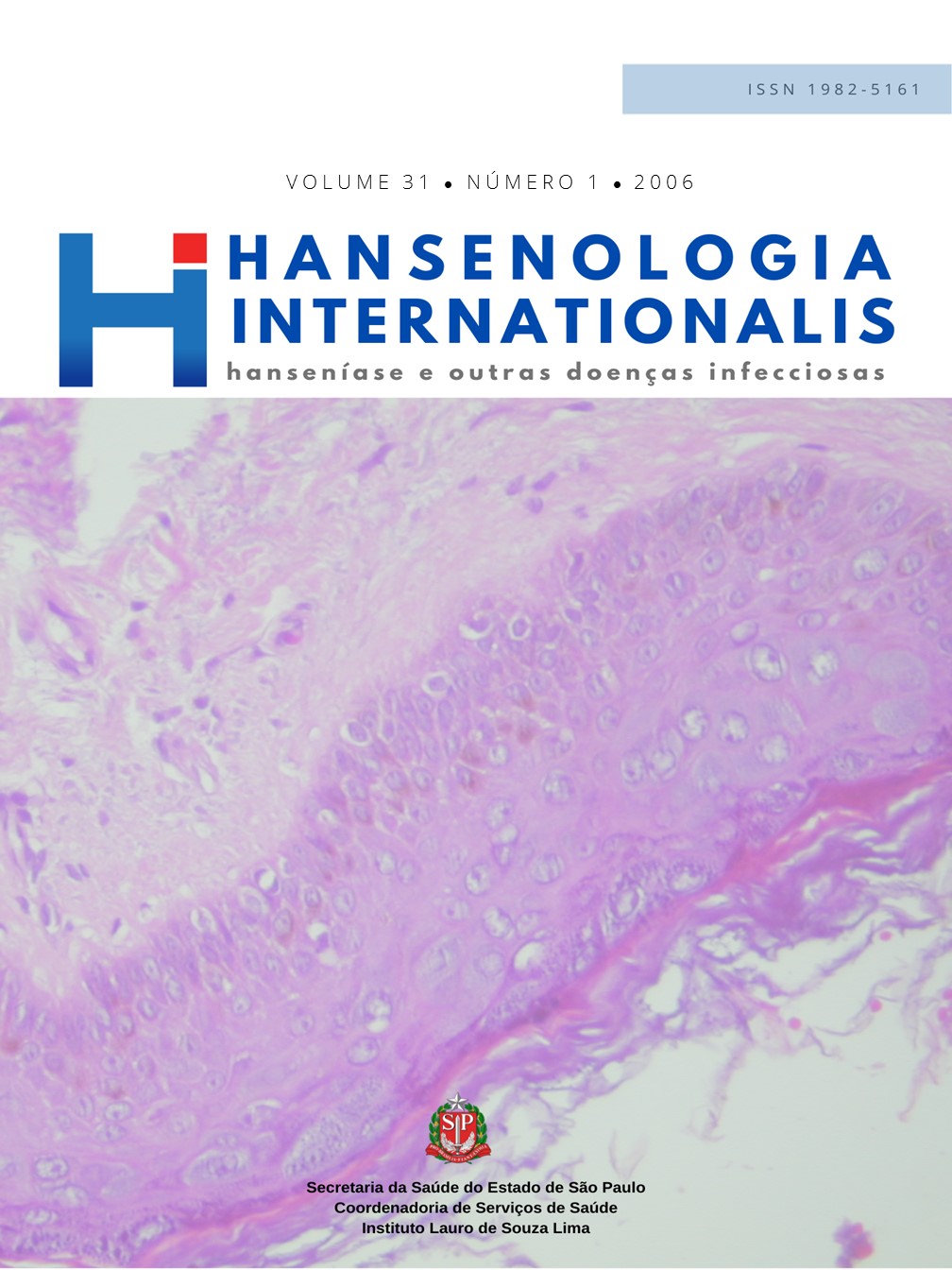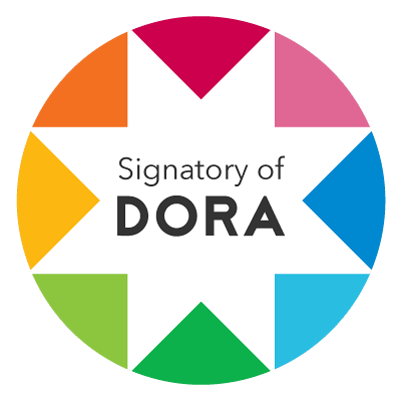Reação reversa com vasculites granulomatosas e lesões cutâneas necrosantes e ulcerativa
DOI:
https://doi.org/10.47878/hi.2006.v31.35215Palavras-chave:
Hanseníase, reação reversa, vasculites granulomatosasResumo
Um indivíduo com 49 anos de idade recebe o diagnóstico de Hanseníase Virchoviana sub-polar. Ele referiu, durante os prévios 11 anos, sintomas, principalmente neurológicos, característicos de hanseníase, mas este diagnóstico não foi definido nos serviços médicos que freqüentou. Após 6 meses de poliquimioterapia passou a apresentar neurites que foram tratadas como reação tipo 2. Em um último episódio apresentou febre, mal estar, mialgias e lesões necróticas e ulcerativas nos membros, nádegas, dorso, pavilhão auricular esquerdo. O aspecto clínico destas lesões era semelhante as lesões observadas no fenômeno de Lúcio e no Eritema nodoso necrosante. As biópsias mostram alterações da microvasculatura superficial, necrose epidérmica e dérmica, similares a estas reações, mas as alterações básicas são vasculites granulomatosas no derma profundo e tecido celular subcutâneo. Estes aspectos clínicos e histopatológicos são interpretados e discutidos como reação tipo 1 (reação reversa) com envolvimento vascular predominante.
Downloads
Referências
2. LATAPI F, CHEVEZ ZAMORA A. The “spotted” leprosy of Lucio (la lepra manchada de Lucio): an introduction of its clinical histological study. Int J Lepr 1948; 16:421-9.
3. HARTER P, TRINK-KIN-MONG-KLON. Formes escariotiques d’erythema nodosum leprosum et leur relations avec le phenomene de Lucio. Bulletin de la societe de pathologie exotique 55 1962; 55:993-1024.
4. CALUX MJF. Contribuição ao estudo do Eritema necrosante (Fenômeno de Lúcio) na hanseníase. [Tese] São Paulo: Universidade de São Paulo: Faculdade de Medicina, 1989.
5. JOPLING WH. Handbook of leprosy. London: William Heinemann Medical Books, 1971.
6. FLEURY RN, URA S, BORGES, MB, GHIDELLA CC, OPROMOLLA DVA. Panarterites cutâneas como manifestações tardias do eritema nodoso hansênico. Hansen int 1999;24(2):109-14.
7. FLEURY RN, URA S, MARTELLI AC, DELANINA WFB, OPROMOLLA DVA. Manifestação tardia do Eritema nodoso hansênico, com arterites necrosantes e exsudativas, arterites cicatriciais, livedo reticular, nódulos e placas reacionais com focos de necrose. Hansen int 2001;26(1):37-42.
8. FLEURY RN, ZORZETO V, TONELLO CS, PERNAMBUCO JCA. Surto de pseudoexacerbação em paciente dimorfo com vasculites granulomatosas específicas disseminadas. Hansen int 1980;5(1), 44-52.
Downloads
Publicado
Como Citar
Edição
Seção
Licença
Este periódico está licenciado sob uma Creative Commons Attribution 4.0 International License.



























